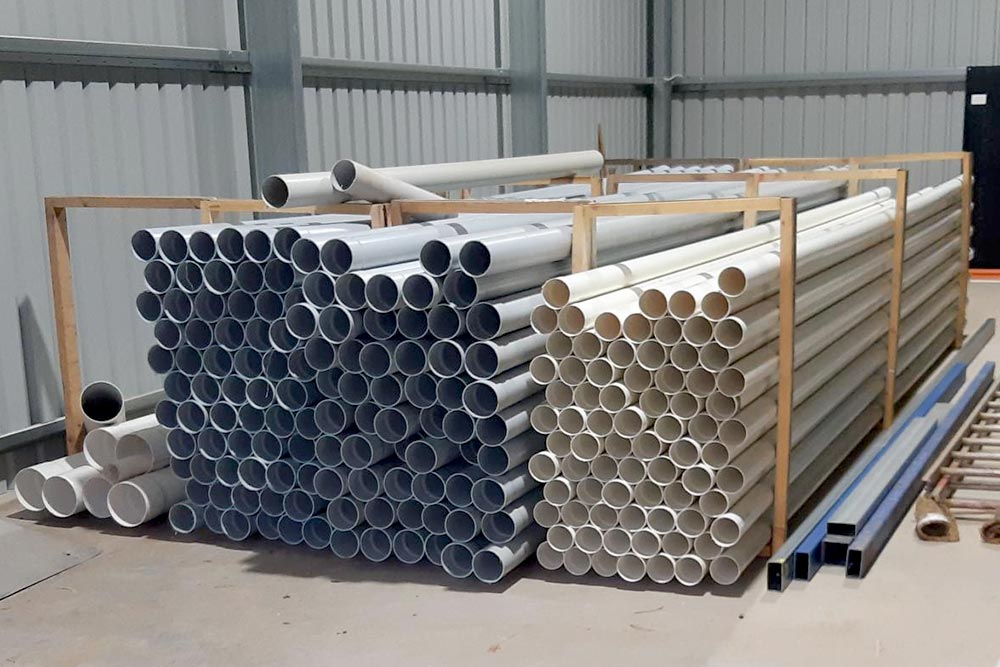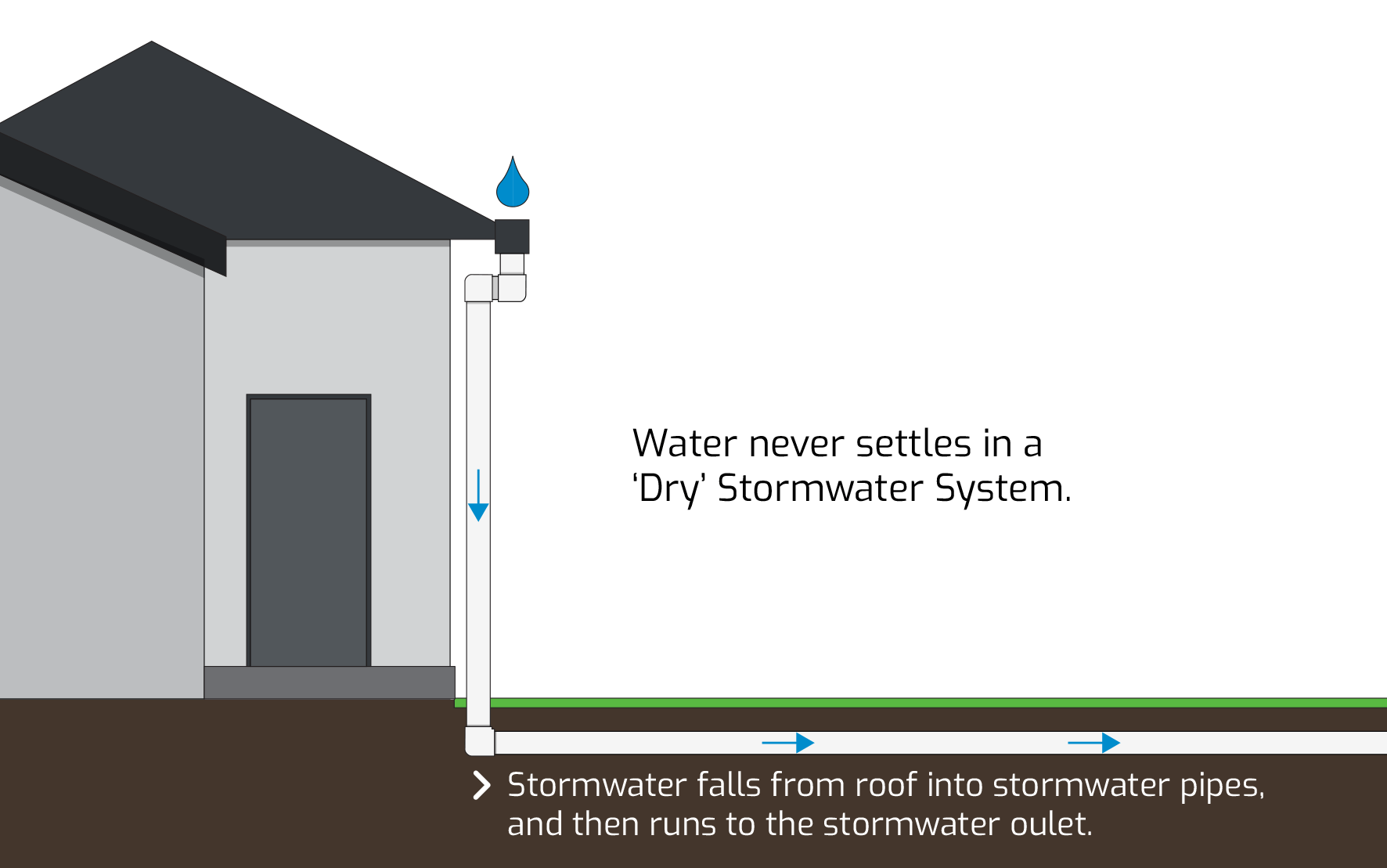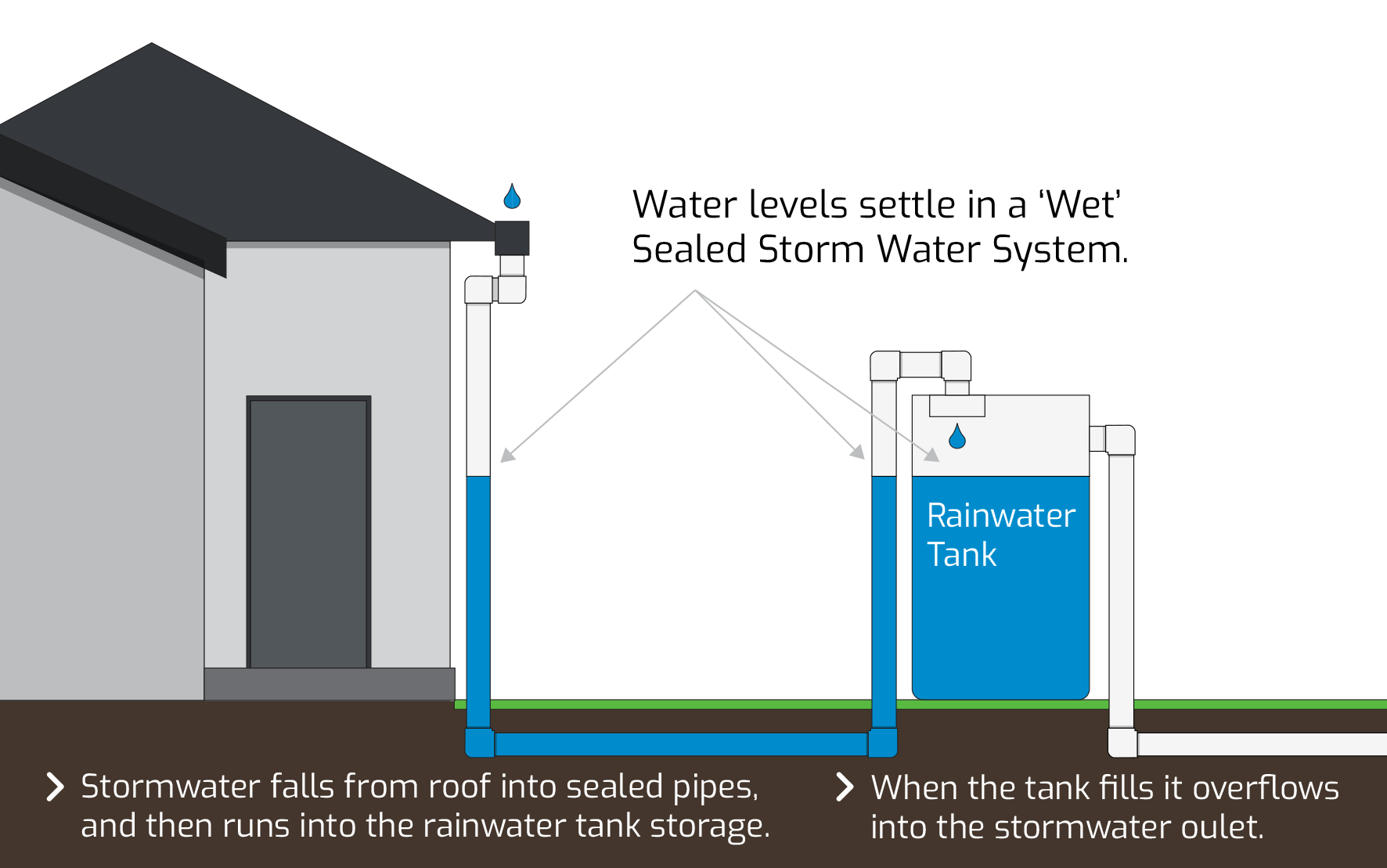Stormwater Systems


close

close

close

close

close
We can provide all your stormwater services, such as sealed and surface waterlines, sump and sump pumps installation, from domestic to commercial.
Most stormwater pipes are 90mm but occasionally the engineer will require 100mm pipe, and this must be done by a person who is licensed to lay 100mm pipe. Please check who ever you get to do it that they are fully licensed to lay 100mm pipe. These fully licensed people will know the Australian standards to lay pipe and council requirements also.
What is a stormwater system?
Have you ever seen the water flowing down the side of the road when it rains? Then it goes down the “drain” into an underground drainage system which then finds its way out to the ocean.
Then how does it get from your house to the stormwater drain?
The rain water is collected from either the roof or ground surface where it is taken away from your house or stored on site in a rain water tank.
Downpipes on your house take the roof rainwater away from your gutters and will feed them into either 1 of 2 systems…
The first system is a ‘Dry System’.
It’s called a dry system because when there is no rain there should be no water in the pipes. In this system, the rainwater is taken directly to a stormwater outlet point. This could be a street kerb (water table) or to a stormwater connection point. The stormwater connection point is attached to a mains stormwater pipe. They are mainly found on new housing subdivisions.

Also found in this dry line system are surface grates or sumps. They are located around the house/dwelling or in low surface areas and collect water that is starting to pool (called surface water). These grates or sumps are important as pooling water around the house/dwelling can cause damage to the foundations, structures and vegetation. It’s also a nuisance as no one wants to have to walk through puddles of water and mud that can be taken into your house. It also can be a slip hazard to you.
For houses/dwellings where the level of the block is lower than stormwater outlet point, a sump pump or soakage pit may be required. These are the two main options to get rid of the surface water.
Sump pumps work by the dry line collecting surface water (and sometimes roof water, but not preferably) and with a natural flow, fill the sump pump chamber. Once the float valve on the pump registers that the water level is rising, it turns on and pumps the water through a special pipe, called rising mains, out to the stormwater outlet point. Depending on the engineer’s and council requirements, these sump pumps can vary in size of pump chamber and size of the pump. They will require power to run the pumps.
The second system is a ‘Wet’ or ‘Sealed Stormwater System’.
This is where the pipework connects the required number of downpipes as per the engineer’s design, to a system that stays full of water and feeds a rainwater tank. It works by roof rainwater filling the system at one end (through the down pipes) and flows out at the other end (into a rainwater tank).

Because the stormwater sealed system is always full of water, every time it rains it adds to the water already in the pipes and then as the water level rises it overflows into the rainwater tank where it is stored.
Rainwater tanks are required by law for any house/dwelling which has over 50m2 of roof and has a new W.C (toilet). 1000 litres is the minimum size. This is called a detention tank. It retains the water in the tank and uses it to fill the W.C (toilet).
Some councils may require a detention tank as well. This is so that water that passes through this tank is only slowly released to the stormwater outlet point. It is designed so that water from your property, house/dwelling doesn’t all rush out into the mains at once. With all the new development going on in Adelaide, and some of the big storms we can get, some stormwater mains pipe are not big enough to cope with all this rainwater all at once.
- Over 25 Years
Experience. - Flexible Crew
& Machinery. - Attention to Detail.
High Quality Work. - Fast & Efficient.
Value for Money. - Competitive Prices.
No Short Cuts.
Call us today to discuss your next project with SMT and a *FREE quote!
